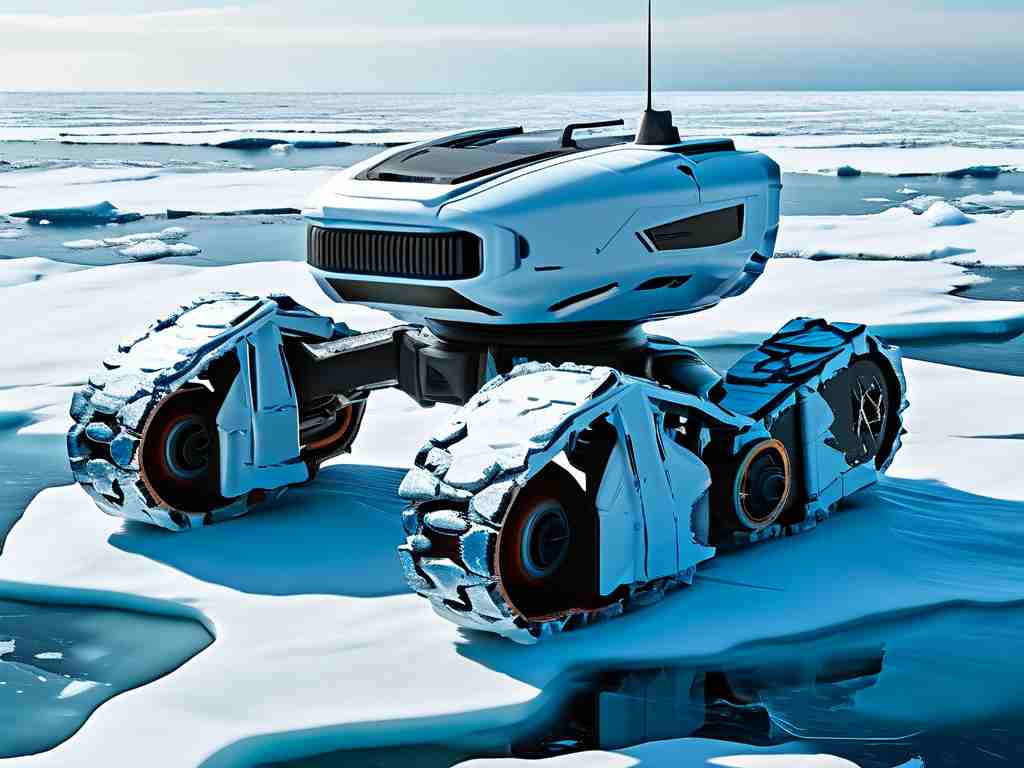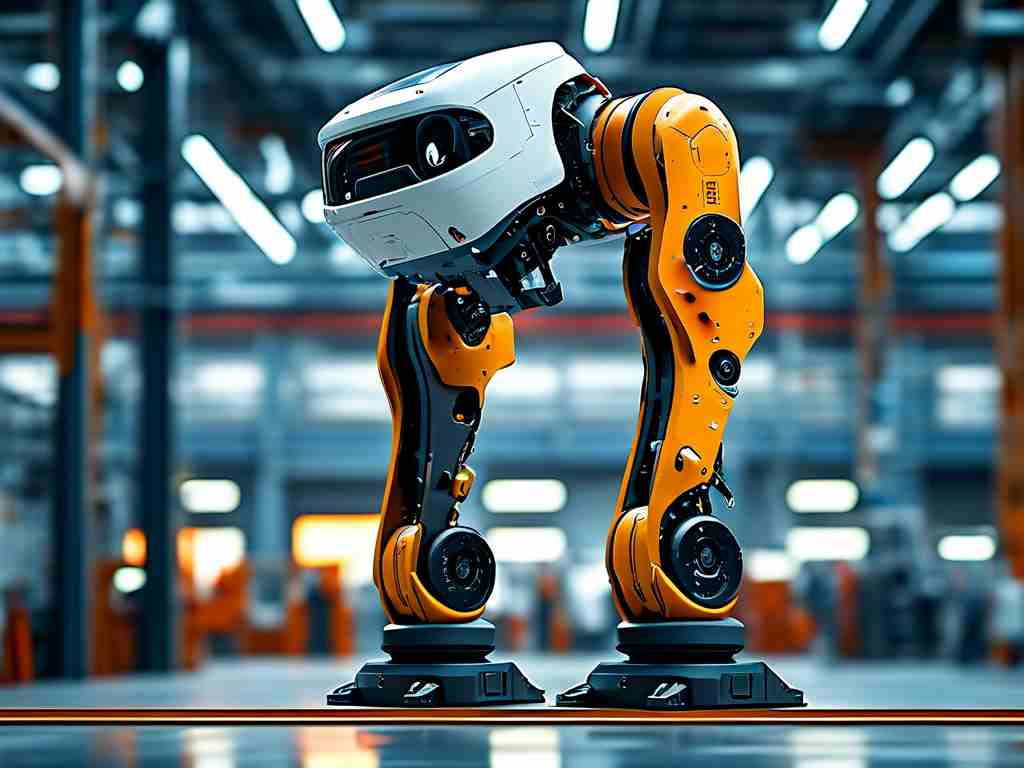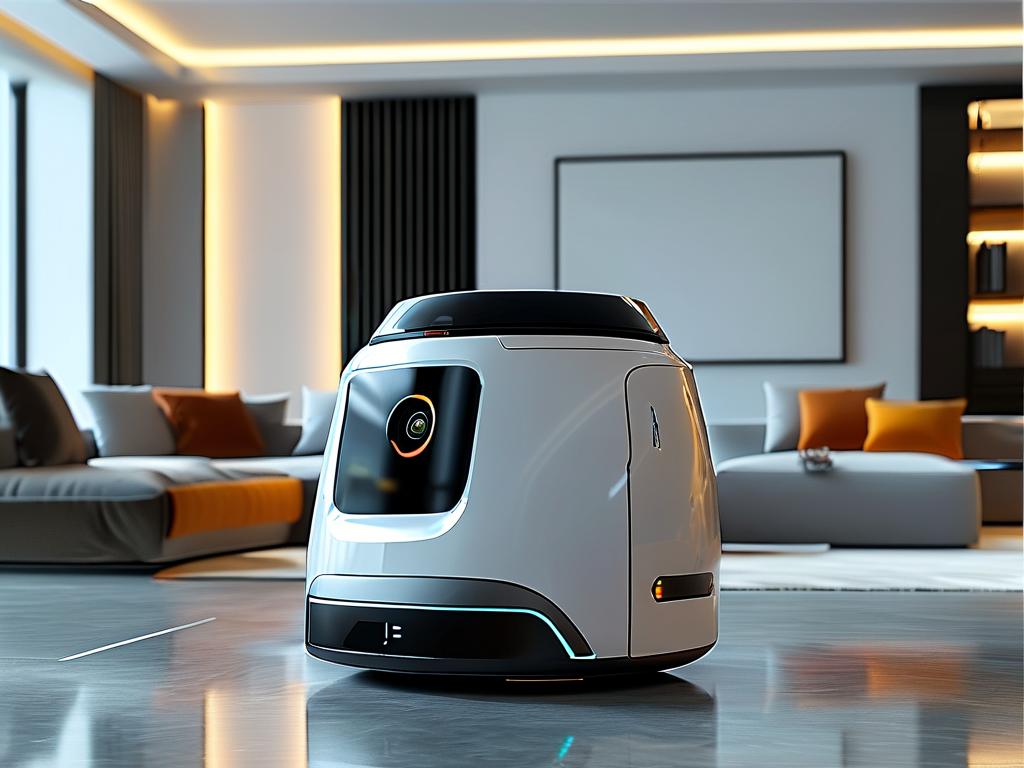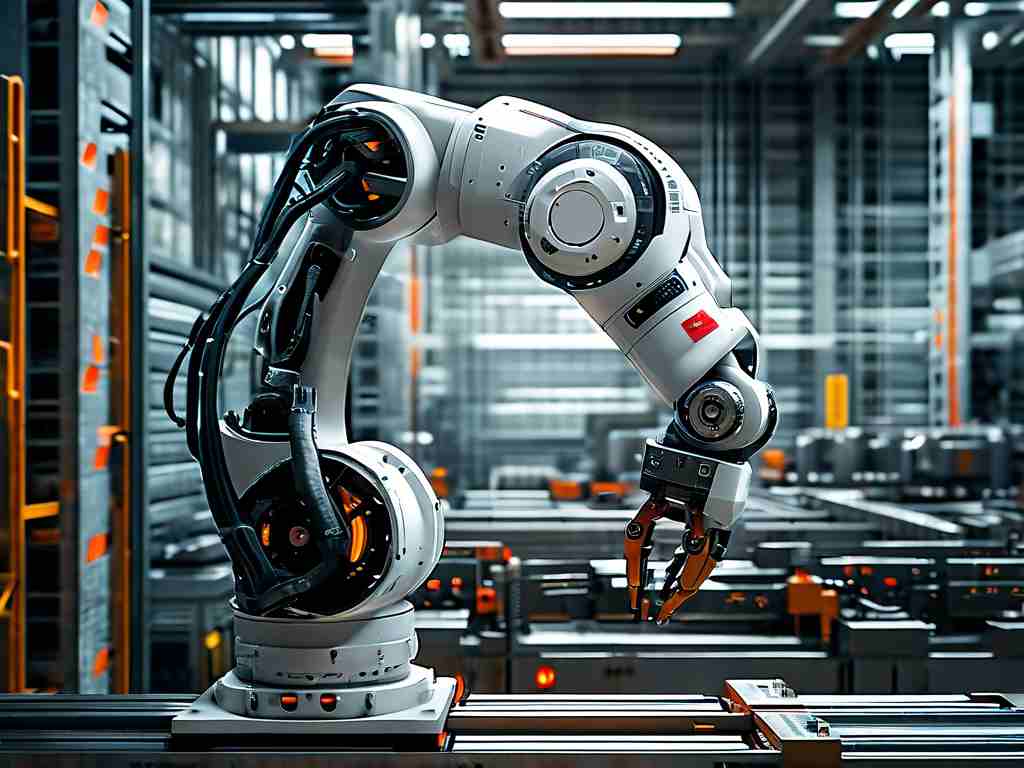The relentless march of technological innovation has reached new frontiers with the recent advancements in icebreaking robot systems. Designed to operate in Earth's most hostile environments, these autonomous machines are rewriting the rules of polar exploration and industrial operations. Unlike traditional icebreakers that require human crews and massive fuel reserves, the latest generation of robotic platforms combines cutting-edge materials science with artificial intelligence to achieve unprecedented operational efficiency.

At the core of this technological leap lies a proprietary hybrid propulsion system developed by engineers at Norway's Arctic Research Consortium. By integrating hydrogen fuel cells with adaptive torque distribution mechanisms, these robots can maintain continuous operation for 72 hours in -50°C temperatures – a 40% improvement over previous models. The system's self-regulating thermal management unit prevents ice accumulation on critical components, addressing a persistent challenge in subzero robotics.
What truly sets these machines apart is their multi-sensory navigation array. Utilizing quantum-enhanced lidar and hyperspectral imaging, the robots construct real-time 3D maps of ice formations with 2cm resolution. This capability enables them to identify structural weaknesses in ice sheets 18 times faster than conventional sonar-based systems. During field trials in the Greenland ice shelf, prototype units successfully detected and navigated through 94% of hidden crevasses that would have trapped earlier robotic models.
The operational implications extend far beyond scientific research. Commercial shipping companies are actively testing scaled-down versions for convoy operations along the Northern Sea Route. By deploying autonomous ice scouts ahead of cargo vessels, transit times could be reduced by 22% while decreasing fuel consumption by an estimated 15-18%. "This isn't just about breaking ice – it's about redefining Arctic logistics," remarks Dr. Elsa Vinter, lead engineer at the Helsinki Institute of Maritime Technology.
Environmental monitoring represents another critical application. Equipped with modular payload bays, the robots can carry customized sensor packages for tracking methane emissions, ice thickness variations, and marine ecosystem changes. During a 2023 joint mission with the International Climate Research Agency, a fleet of 12 robots collected 47 terabytes of environmental data across 1,200km of Antarctic coastline – equivalent to three years of manual survey work.
However, significant technical challenges persist. Engineers are currently grappling with communication latency issues in high-latitude regions, where satellite coverage remains inconsistent. A promising solution involves deploying decentralized mesh networks among robot teams, allowing them to share data through peer-to-peer radio links when beyond satellite range. Early prototypes have demonstrated 85% data integrity retention over 48-hour blackout periods.
The economic calculus of these systems is equally compelling. While traditional icebreaking vessels cost approximately $150 million to build and $25,000 per day to operate, robotic units carry a one-time development cost of $8-12 million with operational expenses below $3,000 daily. This cost differential is driving rapid adoption – market analysts project the polar robotics sector to grow from $720 million in 2024 to $2.1 billion by 2029.
As climate patterns continue evolving, the strategic importance of reliable ice navigation technologies grows exponentially. Recent simulations suggest that optimized robot fleets could extend the annual Arctic shipping window by 6-8 weeks within the next decade. For scientific communities, the ability to conduct year-round polar research without risking human lives opens new frontiers in climate science and geology.
Looking ahead, developers are exploring biomimetic designs inspired by Arctic fauna. Preliminary concepts include walrus-tusk-inspired ice penetration mechanisms and penguin-feather-derived hydrophobic coatings. These biological adaptations, when combined with machine learning algorithms, could yield robots capable of self-repair and morphological adaptation to changing ice conditions – the holy grail of polar robotics.
The convergence of advanced robotics and cryospheric science marks a paradigm shift in humanity's relationship with Earth's frozen frontiers. As these icebreaking machines evolve from experimental prototypes to essential infrastructure, they promise to transform how we explore, utilize, and protect our planet's most extreme environments. The frozen oceans that once barred human progress are becoming gateways to new scientific discoveries and economic opportunities, all made accessible through the silent, relentless work of autonomous icebreaking pioneers.









